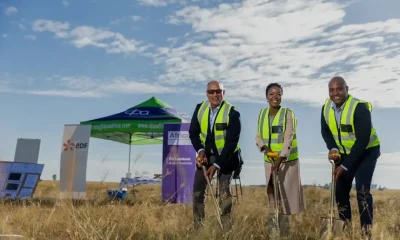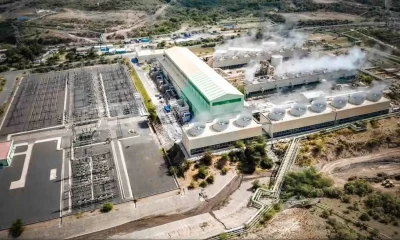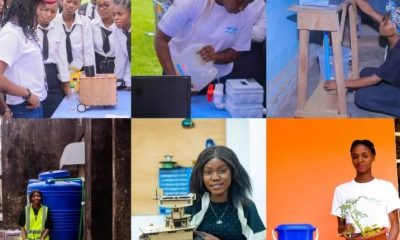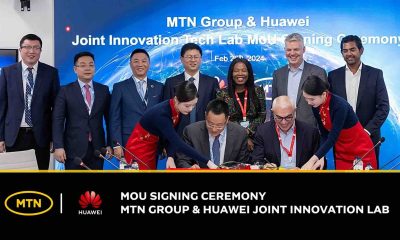Agriculture
How Rwandans are Empowering Their Communities through Innovative Solutions
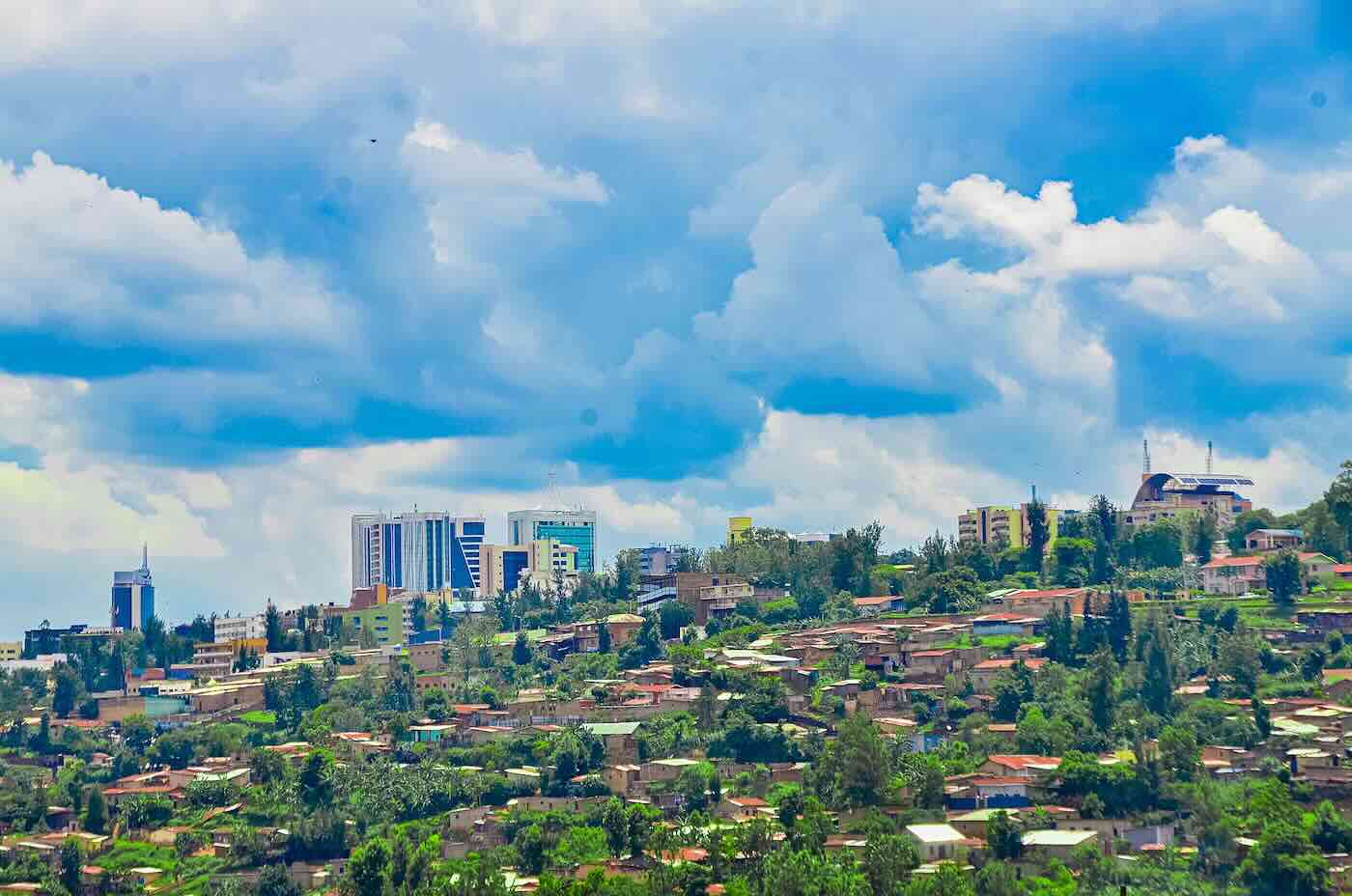
The Open Skies Fellowship in Rwanda effectively trained and chose 15 fellows through two cohorts. In March 2022, the initial cohort’s selection took place at our partner hub, IDA Technology, resulting in the selection of 10 fellows with promising projects. The workshop’s goal was to empower young local experts in cutting-edge technologies, providing them with the knowledge, resources, and skills necessary to transform their ideas from concept to prototype and eventually to market. Following the successful implementation of the first cohort’s projects, Open Skies organized another one-week workshop using the same process, leading to the selection of 5 fellows with outstanding projects for the second cohort. All these fellows were given mentorship and technology loans to support their project’s needs throughout the implementation.
IoT-BASED PROJECTS
In an era where technology continues to shape our daily lives, the Internet of Things (IoT) based devices have emerged as a powerful force in addressing and resolving societal challenges. These innovative devices created by our fellows interconnected through the vast network of the internet, have proven to be useful in finding effective solutions to some of our most pressing issues.
8 fellows worked on IoT-based projects where they came up with devices designed to solve challenges in their community.
Starting with Gasana Junior, He designed his E-Home project as a smart house to improve the quality of life for the aging population and individuals with disabilities. This encompassed features like automated lighting, ventilation, doors, and a crucial focus on security. The field that best captures his project is known as the “Internet of Things, or IoT, which describes devices with sensors, processing ability, software, and other technologies to connect and exchange data between devices and systems using the Internet.
Joselyne Nisingizwe designed the Murinzi Quick Box as an Internet of Things (IoT) device resembling a box filled with protective items such as pads and condoms, along with essential sexual, reproductive, and health information. It is deployed in small communities to provide accessibility to people with disabilities, allowing them to access these resources and report instances of violence conveniently.
Aimable Rubagumya developed a smart poultry farming solution, an innovative approach that harnesses advanced technologies to enhance poultry production. His creation is an Internet of Things (IoT) based system that enables farmers to monitor their coops by collecting data on temperature, humidity, carbon dioxide, ammonia, and dust. This system offers real-time notifications via Short Message Service (SMS) on both offline and online phones, as well as through email, to alert farmers when the hens’ conditions deteriorate, ultimately resulting in increased productivity.
Joyeuse Nishimwe’s idea was simple but involved complex skills using IoT devices. She designed smart beehive technology that allows a beekeeper to receive all the analyzed information related to their beads inside the hive at regular intervals and with the help of digital messaging systems (both via email and via phone).
For example, when the temperature decreases to the extent that bees cannot produce honey, a beekeeper will be notified and apply a normal heating method before bees start to leave. Data for each beehive is collected and presented in such a way that beekeepers can view the conditions of each hive, wherever they are, in real time.
Patrick Kubwimana created an IoT helmet for monitoring the health of people working in mines and underground tunnels. Smart helmets enhance miner safety by integrating sensors, including temperature, humidity, carbon monoxide, and heart rate, onto their helmets. These sensors, particularly the DHT11 which measures both temperature and humidity, provide early warnings for potential dangers such as explosions, flooding, and gas presence in mines.
Noella Abayisenga envisioned a device she calls Handtek, which is essentially a scanner built to check the sanitation status of one’s hands. The goal now is to help eradicate foodborne illness and maintain people’s hygiene through washing hands properly to avoid the spread of microbes. The device utilizes sensors, including a temperature sensor and light motion sensor, along with an ESP 8266 board that does a quick five-second scan and provides feedback. The system employs blue light along with an artificial intelligence system powered by TensorFlow and OpenCV, to analyze captured images.
Vicky Uwase created the Jambo Water Leakage Detection System (WLDS). This is a water leak and pipe burst detection system that will help people to monitor and notify water loss which leads to excessive expenses caused by leakage or frozen pipes. This system monitors the way water flows and if any leakage or pipe burst is detected it immediately sends a warning notification to a linked user’s smartphone or maintenance teams in charge. Jambo WLDS can also detect the temperature inside a pipe so it can notify the user or the technical team in case the temperature increases or drastically decreases within a pipe.
Kevine Giramata created a ‘’Safe baby app’’ whose system, based on IoT, employs sensors to monitor baby movements and activities, providing real-time information to parents. It assesses the baby’s well-being using humidity and temperature sensors. With machine learning, it can detect abnormal conditions and send timely notifications, either through SMS or a mobile app, addressing the challenge parents face with continuous child monitoring. The system is also trained to identify and alert parents to suspicious activities.
BUSINESS-RELATED PROJECT
Emmanuel embarked on a mission to build a cost-effective and widely accessible radio station that utilized his community’s available resources. By proposing innovative antenna construction methods, such as mounting on rooftops with materials like cement blocks, he aims to overcome geographical constraints and address frequency-related issues caused by increasing building structures. Beyond improved accessibility, the project seeks to inspire the younger generation, fostering critical thinking and intellectual growth. Building a radio station in his village was a commitment to community empowerment, youth inspiration, and contributing to societal well-being, marking a path for growth and development in Rwanda’s landscape.
VIRTUAL REALITY PROJECT
Babu Kamanzi as an advocate of virtual reality in education, Babu created a curriculum that can be integrated into VR sets with the purpose of enhancing the education system and classroom engagements of students in Rwanda. He gives the example of medical students, who instead of learning heart surgeries on real patients, can train on virtual patients with realistic simulations. Giving users the chance to practice and develop skills without real-world risks is one of the biggest advantages of VR solutions, and Babu hopes the adoption of VR and other emerging technologies in Rwandan high schools will help students learn in new and exciting ways.
CLIMATE CHANGE PROJECTS
Determined to make a difference, Zipora Shimwa decided to take matters into her own hands and embarked on a journey to revolutionize the way people cooked in her community. The result was a Smart Solar Thermal Cooking System (SSTCS) that would harness the power of the sun to provide a sustainable and efficient cooking solution. The SSTCS is an innovative cooking system with six key components: solar collectors, thermal energy storage, a smart control unit, an evacuated tube, a solar tracker, and a stove. Its high-efficiency solar collectors capture sunlight to ensure optimal performance, even on cloudy days. The thermal energy storage system enables uninterrupted cooking during low solar radiation periods, enhancing reliability.
Janviere Ingabire worked on a project called Home Cooking Gas Security, which aims to create an IoT device equipped to detect gas leaks, encompassing aspects such as gas type, sensor specifications, measurement range, alarm mechanisms, output control, response time, and operating temperatures (-10 to +55 Celsius). Crucially, the device not only identifies gas leakage but also takes preventive action by automatically blocking the gas supply before an accident can occur.
Denise Byukusenge Noticing the power challenges in certain regions of Rwanda, including her province, where access to large-scale hydroelectric power is limited and even simple tasks like getting a haircut require expensive transportation, Denise came up with solutions for those living far from electrical networks and facing economic hardships. She developed a project focused on generating energy from sustainable biogas, specifically derived from cow dung and toilet waste. With the goal of providing electricity access to individuals in her community.
A Geographic Information System (GIS) project
Evelyne Iradukunda her Campus Navigation System aims to empower students by providing a portable solution for seamless campus navigation. Utilizing ArcGIS, Evelyne converted the data into comprehensive maps, including class locations. This information was then transformed into shape files and integrated into code using Visual Studio Code with Leaflet. The Campus Navigation System aims to empower students by providing a portable solution for seamless campus navigation. Through a user-friendly digital interface with detailed maps, it addresses the challenges of being late to class and finding exam venues, showcasing the convergence of land surveying and technology to solve practical issues for students on campus.
Rwanda is referred to as the leading African country when it comes to technology, which is why it was easy for the project to be implemented in two cohorts in the country. Furthermore, Rwanda has been actively fostering a conducive environment for technology and innovation. There’s a growing ecosystem of tech startups, hubs, and initiatives, indicating a commitment to technological advancement. With this being said, the program has been successful as some fellows have been funded to further their projects and turned their business ideas into businesses, and others have acquired scholarships that will help develop their projects.
Also Read: How Congolese Youth Are Using Technology to Make a Difference
-
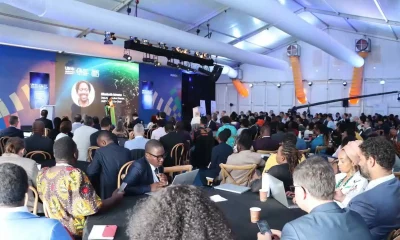
 Environment11 months ago
Environment11 months agoKEPSA Underscores the Role of Circular Economy in Meeting Equitable and Just Environmental Goals
-
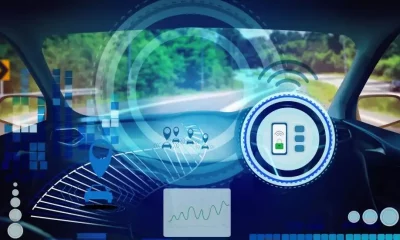
 Innovation11 months ago
Innovation11 months agoBritam uses technology to offer premium relief for Motor insurance Customers.
-
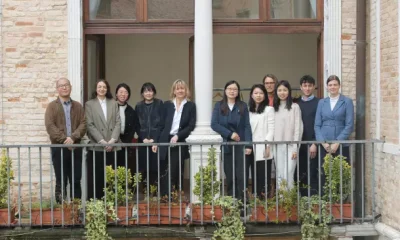
 Education10 months ago
Education10 months agoUNESCO and Huawei Technologies embark on a transformative journey to reinvigorate STEM education
-
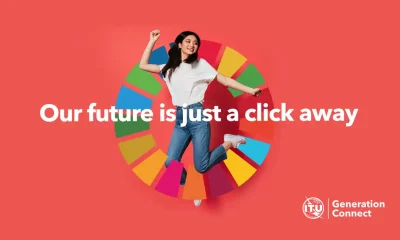
 Education11 months ago
Education11 months agoGeneration Connect Young Leadership Programme in Partnership with Huawei
-
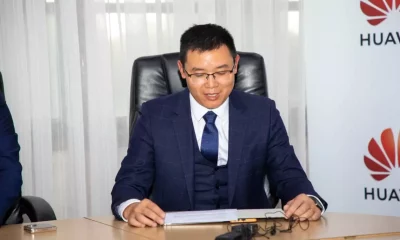
 Education11 months ago
Education11 months agoDigischool: Lessons in Connecting Kenya’s Schools
-
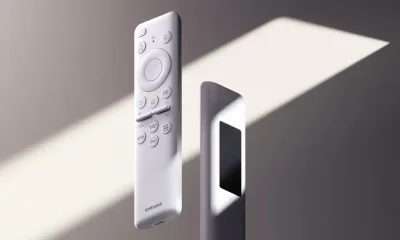
 Environment11 months ago
Environment11 months agoSamsung Electronics leads the way in e-waste management
-
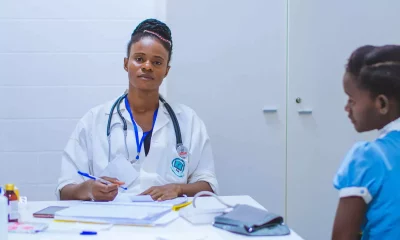
 Healthcare11 months ago
Healthcare11 months agoHow health platforms can improve healthcare in the Global South
-
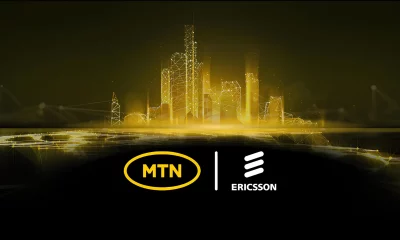
 Innovation11 months ago
Innovation11 months agoEricsson and MTN Group Partner to Elevate Business and Operations Support Systems for Innovation and Growth in Africa

